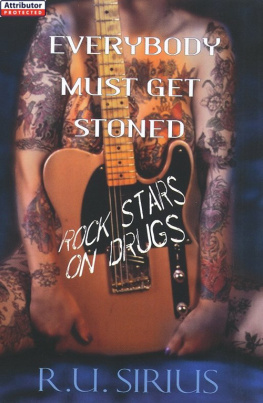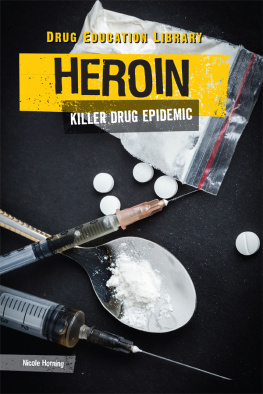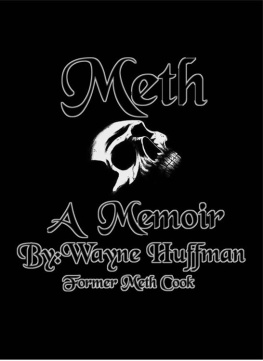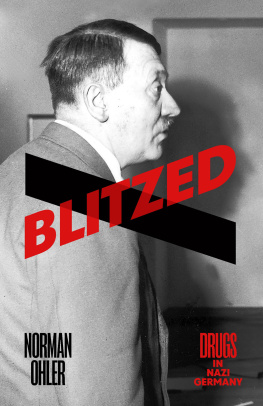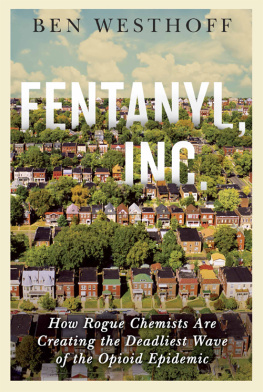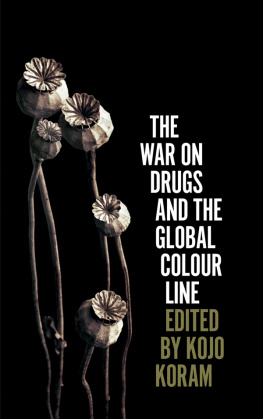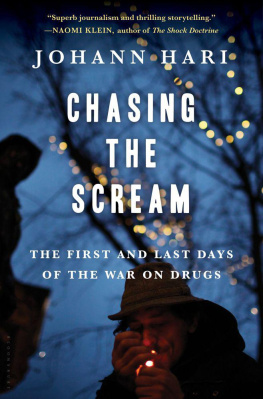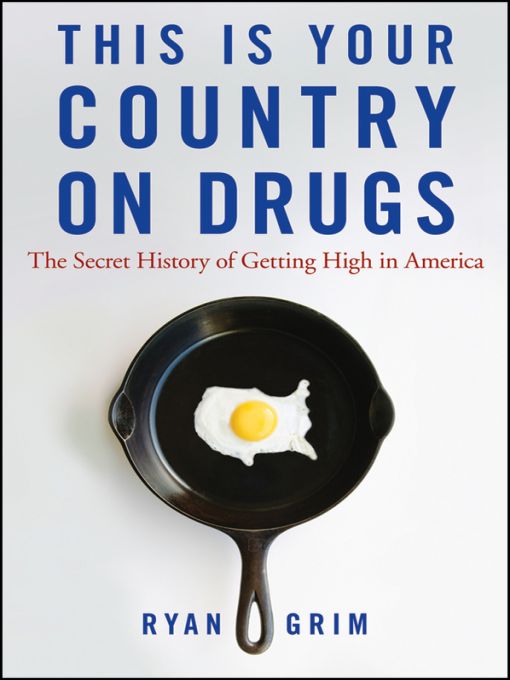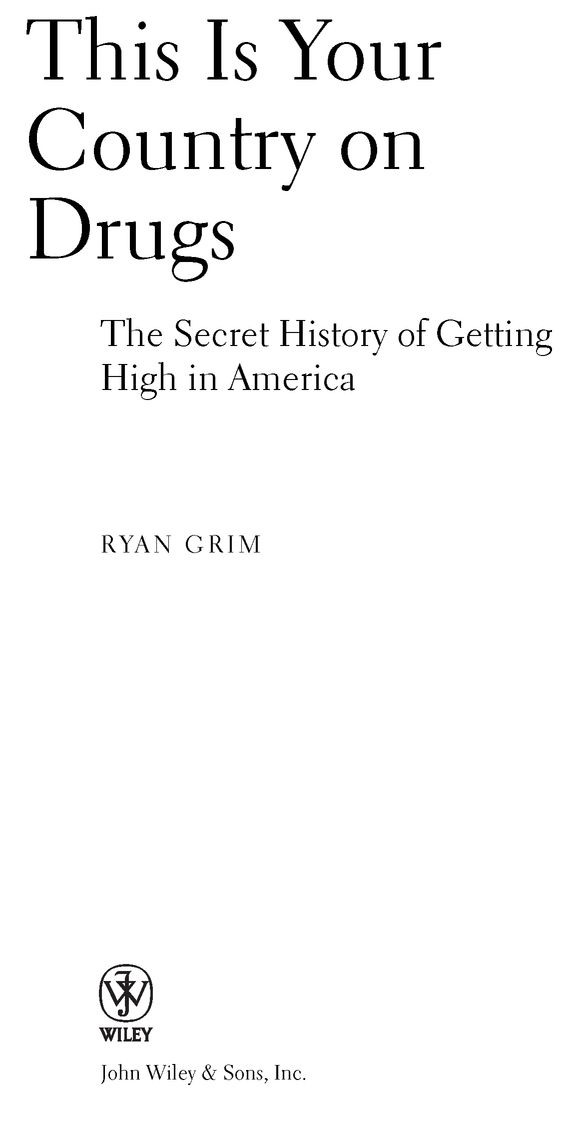Table of Contents
for elizan
CHAPTER 1
The Acid Casualty
One day in the fall of 2001, I realized that I hadnt seen any LSD in an awfully long time. I was living on the Eastern Shore of Maryland at the time, where the drug had been a fixture of my social scene since the early nineties. Most of my peers had continued dosing through college or whatever they chose to do instead. Even some watermen and farmers I knew had tripped on occasion.
Because most acid users dont take the drug with any regularitya trip here or there is the normits absence didnt immediately register. Its the kind of drug that appears in waves, so the inability to find it at any given time could be chalked up to the vagaries of the illicit drug market.
I began asking friends who were going to hippie happenings to look for the drug. Eventually, I had a network of people poking around for it at concerts and festivals across the country, as well as in towns where youd expect to find it, such as Boulder and San Francisco. They found nothingand no one whod even seen a hit of LSD since sometime in 2001even at Burning Man, a gathering of thousands in the desert of Nevada. Strolling around Burning Man and being unable to find acid is something like walking into a bar and finding the taps dry.
In the fall of 2002, I enrolled at the University of Maryland s public-policy school in College Park, in the suburbs of Washington, D.C. Here, too, I continued my search for acidand found the campus dry. Undergraduate hippies had only high school memories of the once culture-defining drug.
At some point, I decided that the disappearance of acid was nearly, if not totally, complete. I went to see a professor in my department, Peter Reuter, one of the most well-respected drug-policy researchers in the nation.
Acid is gone, I told him.
Howd you come to this theory? he asked.
I cant find it, I said, and none of my friends can, either. I knew I sounded like a fool, but that was all I had.
Thats not how we do things in this field, he said. Drug availability goes in cycles. Thats not really a series of trendsthats just how it is. He pointed to a book behind me. Here, hand me that.
He opened the 2002 Monitoring the Future report, which is produced by the University of Michigan and tracks drug use among American teens. As you ll see, he said, running his finger across the LSD table, use has been fairly steady over the last... He paused and looked up. Thats interesting, he said, looking at the data for high school seniors. LSD use is at an historic low: 3.5 percent. He then regrouped and continued with his lecture, telling me about supply and demand and peaks and valleysand that he was certain the numbers for acid would rise in the 2003 survey.
Drug cycles are widely presumed to be the result of a combination of cultural shifts and the effectiveness of drug interdiction, but they re generally not well understood. Supply and demand, however, inarguably play a large role. When a drug becomes scarce, its price increases, enticing producers and distributors to invest more heavily in it, which increases supply, Reuter explained.
I told him that I wasn t so sure. His theories might not apply this time. There simply was no acid out there, and there hadnt been for several years. I rambled on about the end of the Grateful Dead and the collapse of giant raves. He was unmoved.
Check the 2003 numbers, he said. They may be online by now. If levels remain the same, then youve got something.
The 2003 numbers had just come out. I checked annual LSD use: it was at 1.9 percent, nearly a 50 percent drop. I checked a few other sources. Evidence of acids decline could be found practically everywherein the falling statistics in an ongoing federal survey of drug use, in the number of emergency-room cases involving the drug, in a huge drop in federal arrests for LSD. I took the numbers back to Reuter.
This isn t a trend, he said. This is an event.
Like all drugs, acid is a bellwether of American society. Its effect on our culture in the sixties and seventies was immeasurable, and its disappearance in the early years of the twenty-first century was limited to the United States. Cultural commentators who look for trends in unemployment numbers, presidential-approval ratings, or car and housing purchases are missing something fundamental if they dont also consider statistics on drug use. Little tells us more about the state of America than what Americans are doing to get high.
Life in the United States, of course, is similar in many ways to life anywhere in the developed world. But our nation diverges sharply from the rest of the world in a few crucial ways. Americans work hard: 135 hours a year more than the average Briton, 240 hours more than the typical French worker, and 370 hoursthats nine weeksmore than the average German. We also play hard. A global survey released in 2008 found that Americans are more than twice as likely to smoke pot as Europeans. Forty-two percent of Americans had puffed at one point; percentages for citizens of various European nations were all under 20. We re also four times as likely as Spaniards to have done coke and roughly ten times more likely than the rest of Europe.
We re just a different kind of country, said the U.S. drug czars spokesman, Tom Riley, when asked about the survey. We have higher drug-use rates, a higher crime rate, many things that go with a highly free and mobile society.
Different, indeed. There may be no people on earth with a more twisted and complex relationship to drugs. Much of our preconceived self-image turns out to be wrong: libertine continentals have nothing on us in terms of drug use, and American piety hasnt prevented us from indulgingin fact, it has sometimes encouraged it. Much of our conventional wisdom about American drug usethat the Puritans and the members of our founding generation were teetotalers or mild drinkers, that the drug trade is dominated by huge criminal organizations such as the Mafia and the Bloods, that crack use has declined significantly since the eightiesturns out to be wrong, too.
If theres one certainty about American drug use, its this: we re always looking for a better way to feed our voracious appetite for getting highfor something cheaper, faster, less addictive, or more powerful. Drug trends feed themselves as word spreads about the amazing new high thats safe and nonaddictive. Then we discover otherwiseand go searching for the next great high. We often circle back to the original drug, forgetting why we quit it in the first place.
The morning of November 6, 2000, a day before the Bush-Gore election, William Leonard Pickard and his assistant, Clyde Apperson, were busy loading a massive LSD lab theyd secreted in a converted Atlas-E missile silo in Wamego, Kansas, into the back of a Ryder truck. Tubing, buckets, glasswaretogether with the right industrial chemicals and a lot of expertise, their equipment was capable of rapidly producing millions of doses of acid. When the men were finished, Pickard, a Harvard graduate and a legend in the LSD world for being one of the drugs top producers since the sixties, climbed into a rented Buick LeSabre. Apperson piloted the truck.


